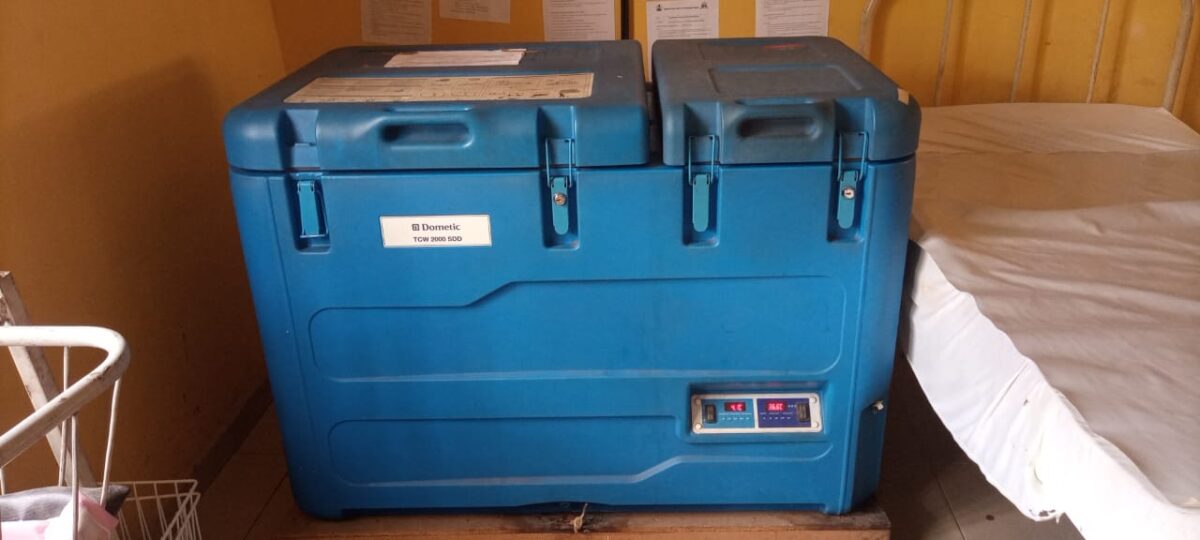Internews, with financial support from the Sabin Vaccine Institute, provided between June and July 2023 a handful of media fellowships to encourage journalists from India, Nepal, Pakistan, Bangladesh, Sri Lanka, and Myanmar to communicate more effectively about COVID-19 vaccinations and also provide accurate information on the effectiveness of HPV vaccines in preventing cervical cancer. Journalists were able to study how the COVID-19 outbreak has impacted routine childhood vaccines in communities with the assistance of these fellowships. A total of 15 fellowships – 12 in English and 3 in Hindi – were awarded from 35 applications. Two fellowships were exclusively for HPV reporting. You can find them here. To be eligible for the media fellowships, applicants had to complete either Let’s Talk Vaccines – English or Let’s Talk Vaccines – Hindi at the date of submission. Below are a selection of the COVID-19 vaccine stories that were produced with support from the Sabin Institute.
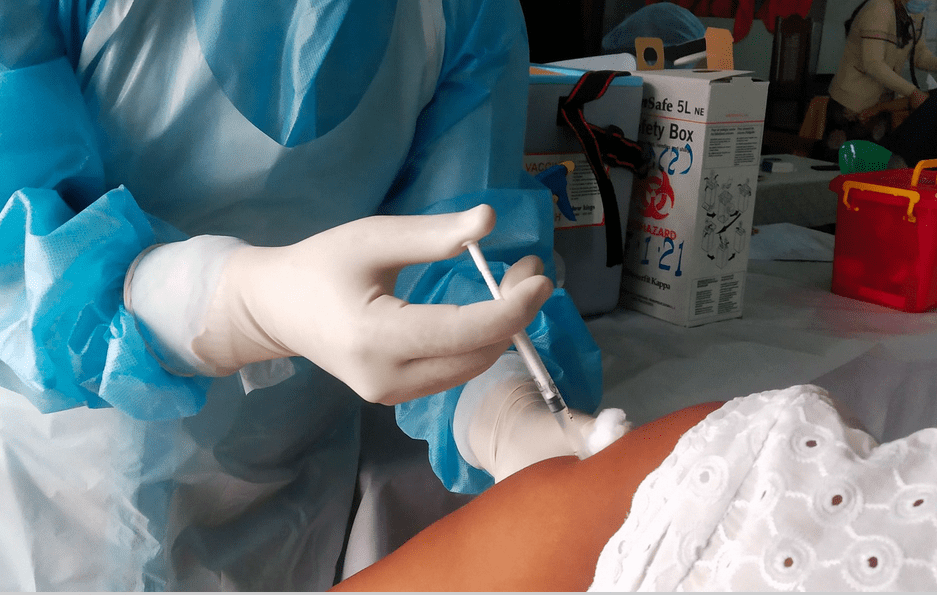
In Myanmar, COVID-19 vaccination started in 2021, but many people remain unvaccinated due to the current political instability. This story focuses on children in Chin State. Because of restrictions placed by the military junta, it is very difficult to vaccinate children in this region. Vaccine hesitancy is also on the rise, partially due to scarcity of vaccines. Original language.

This article by Moudud Sujan (@MoududSujan) highlights the vital role of health assistants across Bangladesh, especially in child immunization campaigns. Despite their essential role during the pandemic, they have yet to receive a pay raise. The government has made the pay raise contingent upon the completion of a two-year technical diploma degree. Read more.

Transgender people in Bangladesh have had a much harder time getting the COVID-19 vaccine during the pandemic, and even now. In this important article for News Now Bangla, reporter Farhana Nila (@farhananila4) documents the plight of trans people who are invisible in government statistics on access to vaccines and their challenges in accessing basic health care services. Read full story.
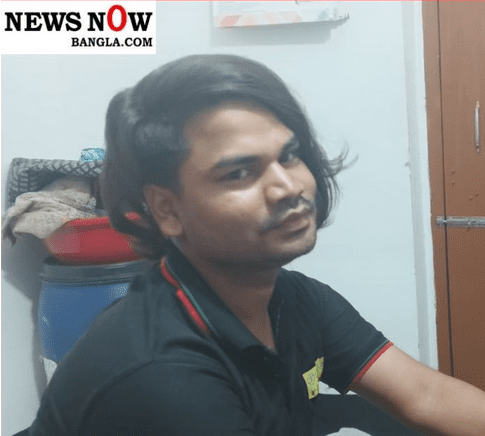
In this follow up article for News Now Bangla, reporter Farhana Nila (@farahananila4), dives deeper into the reasons why some transgender people in Bangladesh remain hesitant of taking the COVID-19 vaccine. Mistrust is also fueled by the fact that trans people did not take part in clinical trials. Read more.
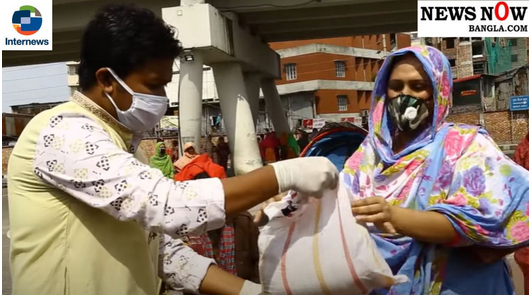
In this third and final story for the News Now Bangla media outlet, reporter Farhana Nila (@farhananila4) explores the role of volunteers – including journalists – who felt compelled to serve the health needs of transgender people in Bangladesh, especially during the pandemic. Read full story.
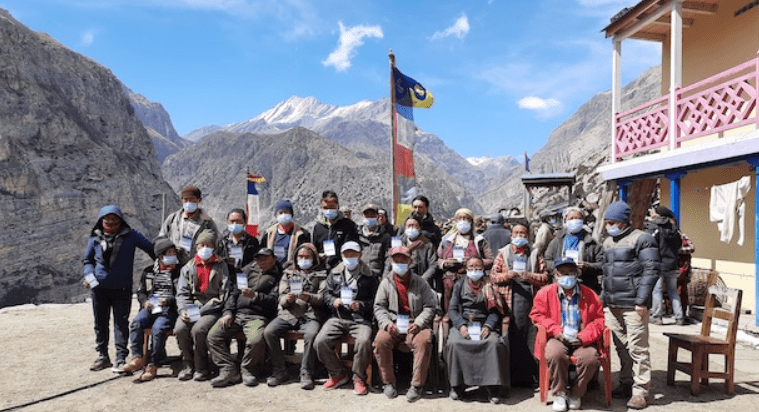
In this article reporter Tanka Dhakal (@tankadhakal) documents the well-coordinated COVID-19 vaccination campaign in Nepal despite the many distribution challenges due to difficult road conditions, lack of cold chains for vaccines in remote mountain areas, and poor internet connectivity. Read full story.
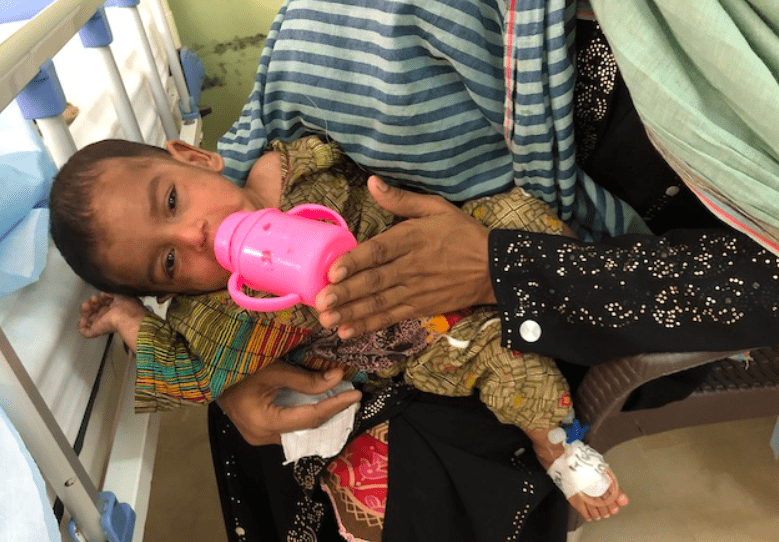
The indiscriminate use of antibiotics is creating drug resistant bacteria and making it harder to cure common diseases such as typhoid. Vaccinating children is the best way to keep them healthy and avoid the spread of “superbugs,” say health experts in Pakistan where drug resistant typhoid is on the rise. Well-researched piece by Zofeen Ebrahim for Inter Press Service. Read full story.
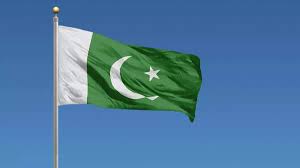
The Pakistan Health Department has said vaccination of the residents against the novel coronavirus will continue even though the World Health Organization has declared that COVID-19 is no longer a public health emergency. Reporter Mohammed Ashfaq (@m__ashfaq) writes about the government’s efforts to ensure that everyone gets vaccinated. Read full story.
One month after the launch of the Let’s Talk Vaccines online course (it was launched in May 2021) for journalists, we initiated a story challenge around this important topic. We asked HJN members to pitch us compelling ideas on issues related to vaccine science, access, logistics and confidence. In exchange, we offered them a small grant. We wanted to hear new ideas about covering vaccines in different parts of the world. We received hundreds of pitches and selected a total of 32 based on a set of criteria, that include originality, focus, clarity, impact, and diversity. Many of the grant winners produced one or more stories in the language of their audiences. What we present below are some of the final products that came through in English, as well as links to stories in the original language, accompanied by a short summary in English. The features are NOT listed in any special order. Whenever possible, and if appropriate, we also include the journalist’s Twitter account so you can follow, tag and offer them some love! (This page was compiled by Bea Spadacini.)
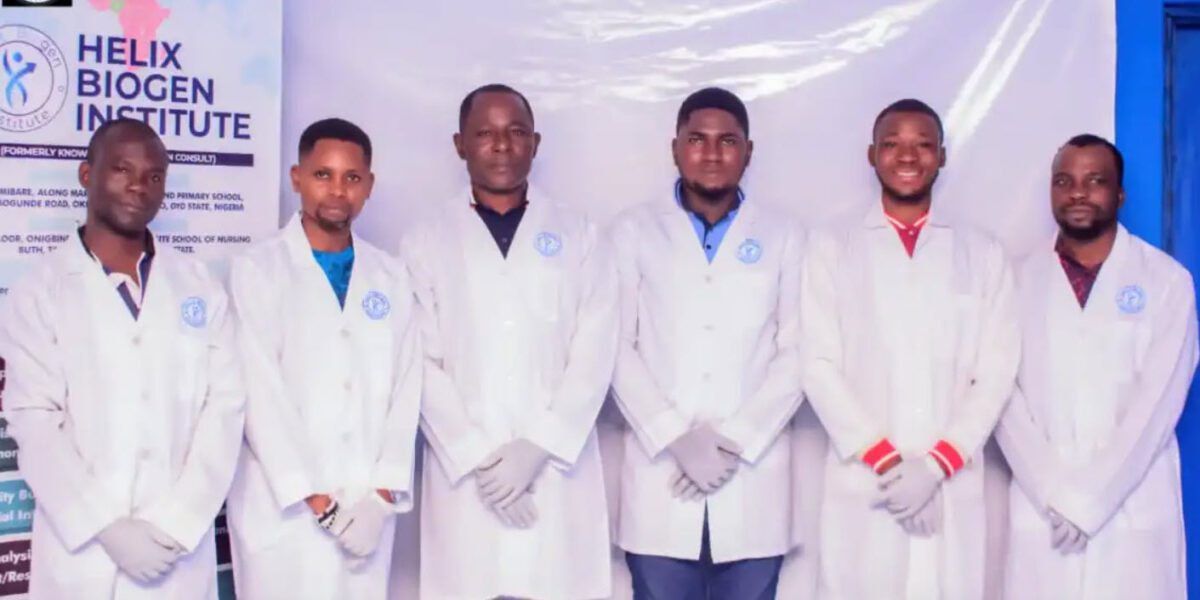
Journalist Chiamaka Okafor writes about the first human COVID-19 vaccine development trial in Nigeria led by a team of local scientists! Read here. @MackieOkafor @PremiumTimesng
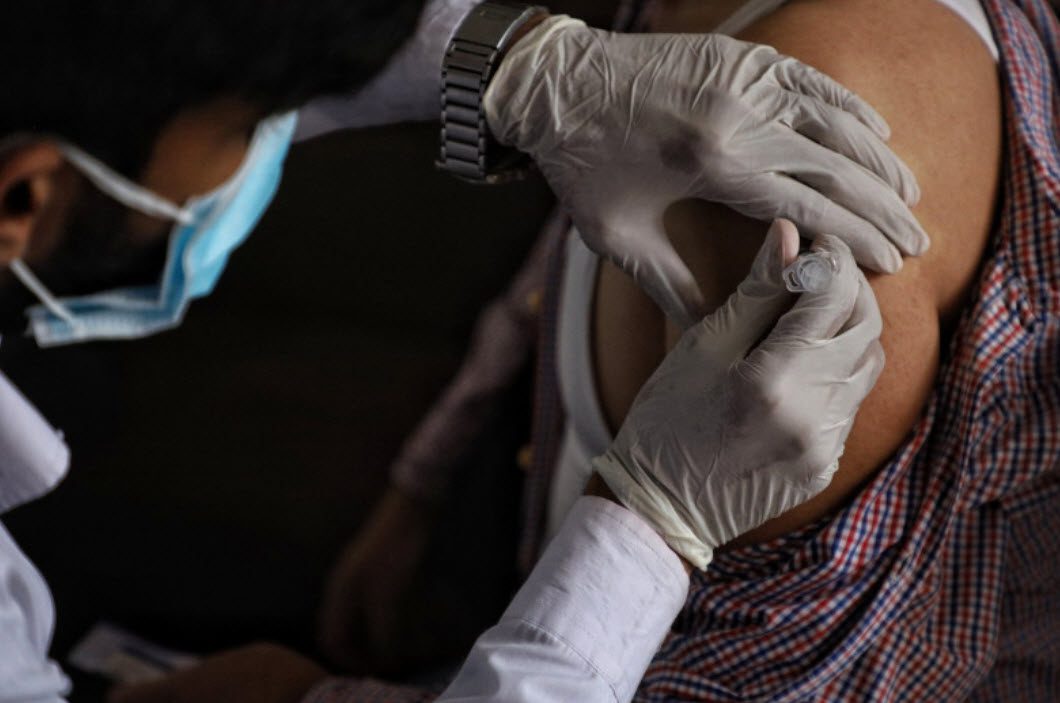
In Nepal, the government has been running a nation-wide vaccination campaign against COVID-19. Despite this massive effort, many people in remote areas have not been vaccinated against COVID-19 due to misinformation, ignorance and superstition. Journalist Ramu Sapkota documents why people, including senior citizens, are risking their lives and choosing not to take the vaccine. This story is written in the Nepali language. @ramusapkota
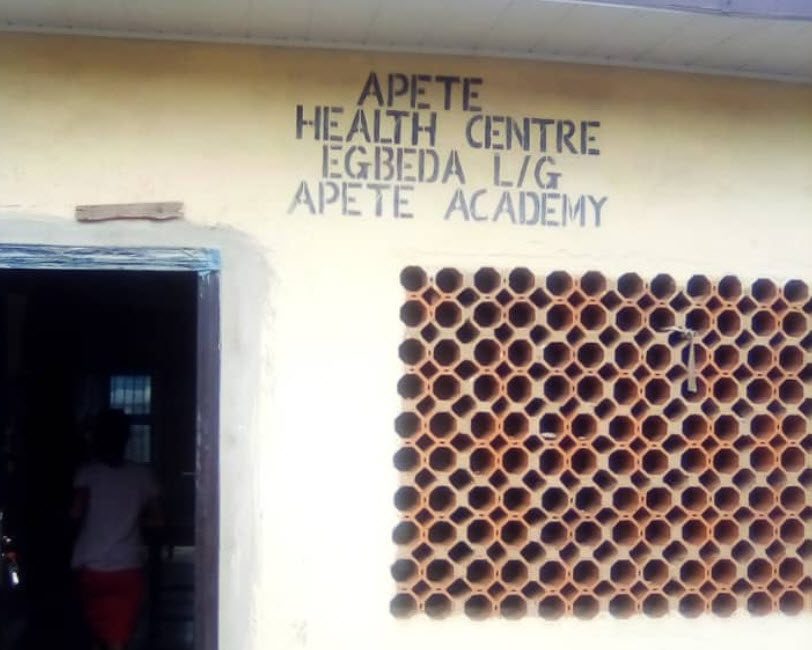
Access to the internet can determine whether or not a person in Nigeria will receive the COVID-19 vaccine. In this audio story, radio journalist Zainab Oyiza Sanni investigates how vulnerable communities are being left behind in the race to vaccinate and what some local clinics are doing to help the most vulnerable be protected against COVID-19.

Ghana was the first country in the world to receive vaccines from COVAX, the global initiative that aims to ensure equitable access to COVID-19 vaccines. A million people in Ghana have been inoculated so far. The goal is 20 million by the end of the year. But a lack of vaccines, and the country’s history with Ebola, are working against the West African country’s vaccination efforts. Ridwan Karim Dini-Osman produced this story aired on PRI The World with support from Internews and the Pulitzer Centre for Crisis Reporting. @thediniosman
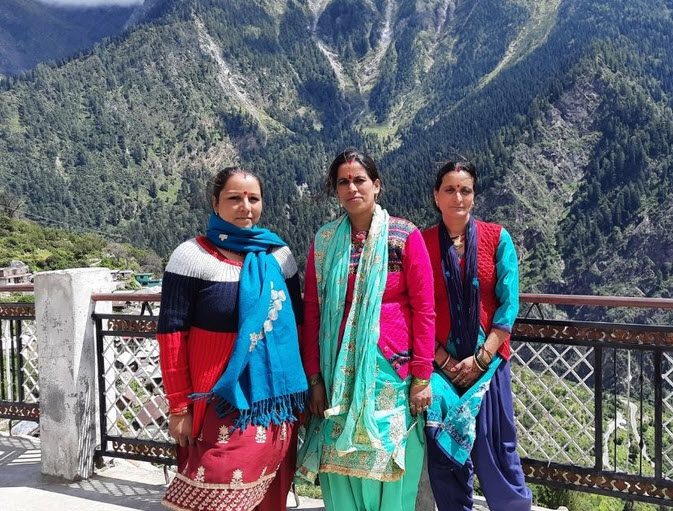
Varsha Singh has been working as an independent journalist from Dehradun, India. In this story in Uttarakhand, she explores how the deadly second wave of the pandemic brought to the fore glaring gaps in healthcare in remote regions of the state, exacerbated by the poor supply of vaccines. Image depicts some of the health care workers she spoke with. @BareeshVarsha

Diego Bolívar Hernández is a journalist with Historias Contadas, a Colombian media outlet that specializes in creative and multimedia storytelling. In El Respiro que trajo las vacunas en San Andrés Islas, Diego tells readers how the COVID-19 vaccines brought relief to the inhabitants of the remote Colombian island of San Andrés. This is a story about vaccine access and equity. @diegoferney3001
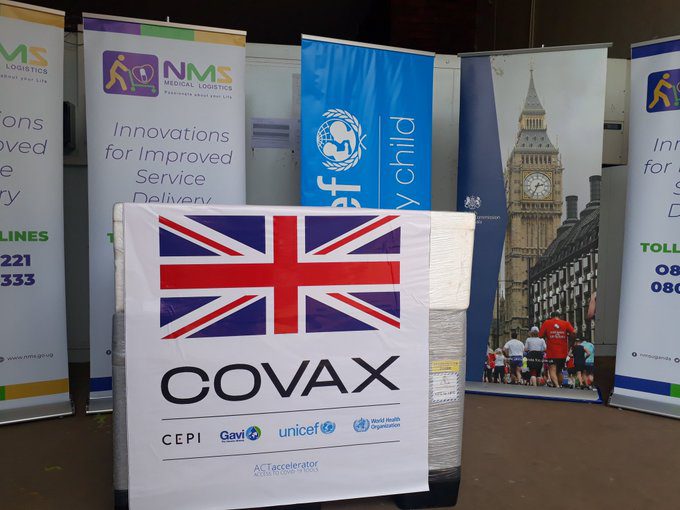
Journalist Olivia Namaloba did this radio story on vaccine shortages for a weekly health segment aired by the Uganda Broadcasting Corporation (UBC). This story was produced at a time when the country received a donation of five million vaccine doses but only vaccinated two million out of the targeted 4.8 million people making up the priority groups. Listen to the recording.
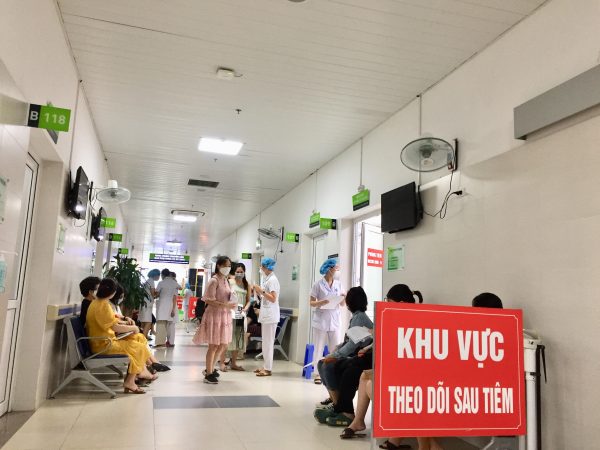
Travis Vincent wrote a story for The Diplomat on how the Vietnamese government has found itself trapped between the virus and a Sinophobic public. In this long-form piece, Travis explores people’s attitudes towards China and how these have impacted the rollout of COVID-19 vaccines. The author also briefly highlights Vietnam’s success in controlling the spread of the virus until the surge of the Delta variant.

Carlos E. López Castro, Director of the Colombian media outlet Revista Historias Contadas, produced a podcast on the history of vaccines. He brings to you in Spanish, different voices on the information shared on social networks and how it influences one’s decision to take or not the vaccine. Some experts clarify doubts and rumors about the vaccines against COVID-19. There is also an interview with a person who contracted the virus, was on the verge of death, and received two doses of the vaccine. @carlose66488539
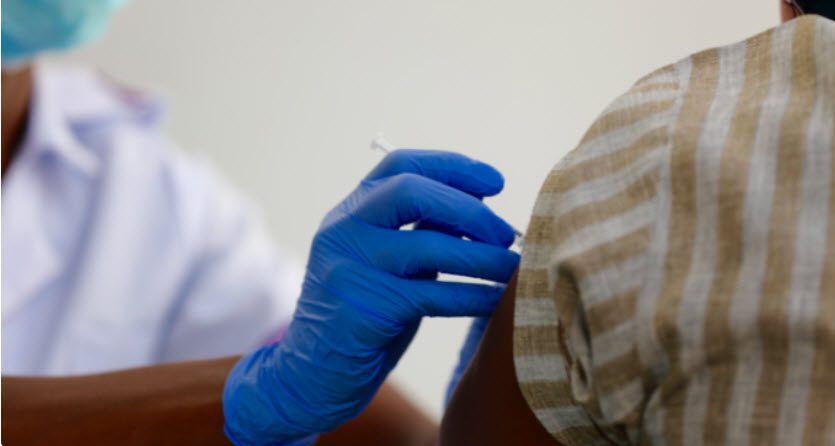
Anibe Idajili wrote an article for The Cable, a Nigerian media outlet, entitled Drowning in doubt: Vaccine hesitancy is a threat to Nigeria’s COVID-19 response. In this story Anibe explores the abundance of conspiracy theories in his country and how religion is sometimes used to stoke unfounded fears about vaccines. @Nathsdaughter

Believing Vaccines is a 30-minute radio documentary piece produced by Babatunde Okunola, Head of Content for Royal FM in the city of Ilorin, in Kwara State, Nigeria. Babatunde is the host of COVID-19 Update, a program that airs twice per week and covers the pandemic. In this 27-minute long piece, Babatunde explores the issue of vaccine hesitancy and vaccine acceptance in Nigeria. This piece, aired multiple times, was also picked up and shared by the state primary health care agency responsible for vaccine rollouts in Kwara State. @tunde567

Kenyan Radio journalist Athuman Luchi with Rhama broadcasting produced a story that focuses on people who suffer from sickle cell anemia and their fears around taking the COVID-19 vaccine. In his audio piece produced in Swahili, Athuman addresses the misconceptions that sickle cell patients in rural areas and in poor urban settlements have about the vaccine. This story is especially important when considering that sickle cell anemia is a physical condition that affects many Kenyans and people around the world. @Luchizman
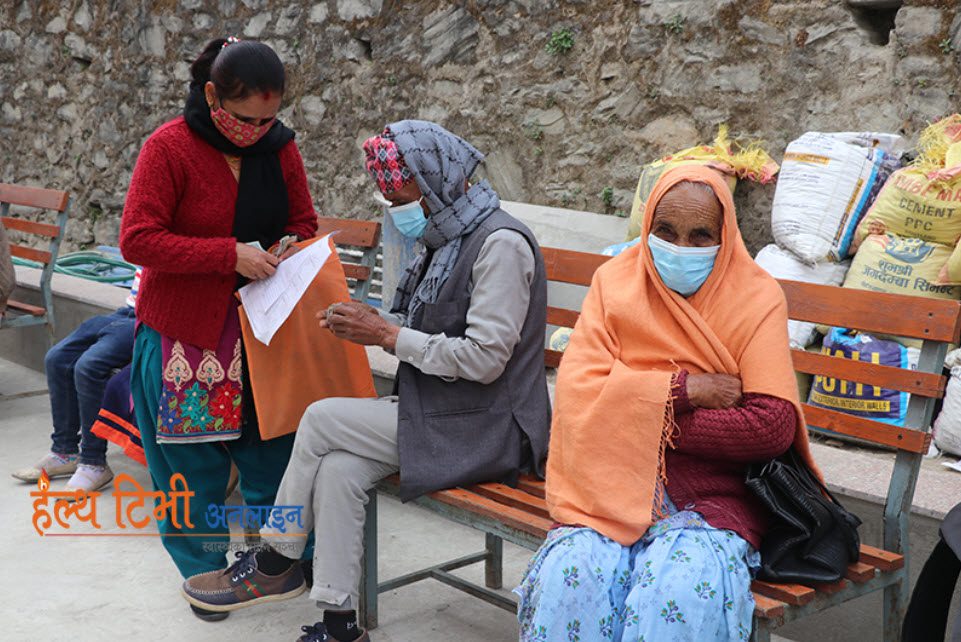
Kalpana Acharya is the Editor-in-Chief of Health TV online, a Nepali news outlet. Kalpana’s story is written in Nepali and focuses on how the availability of COVID-19 vaccines has instilled confidence in the senior citizens of Nepal. Hesitant at first, despite being a high-risk group, senior citizens are now coming around and cueing up for jabs. @KalpanaAcharya1 @HealthTVOnline1
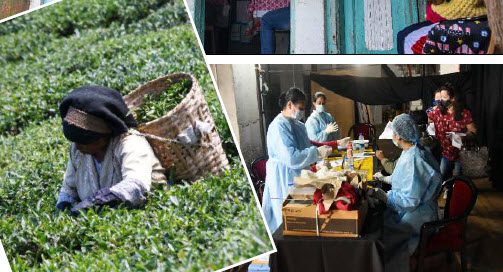
Tanmoy Bhaduri is an independent journalist and storyteller. He focused his vaccine story on tea gardeners in the remote region of Darjeeling in West Bengal, India. You can download this story in English below. @tanmoy_pj
